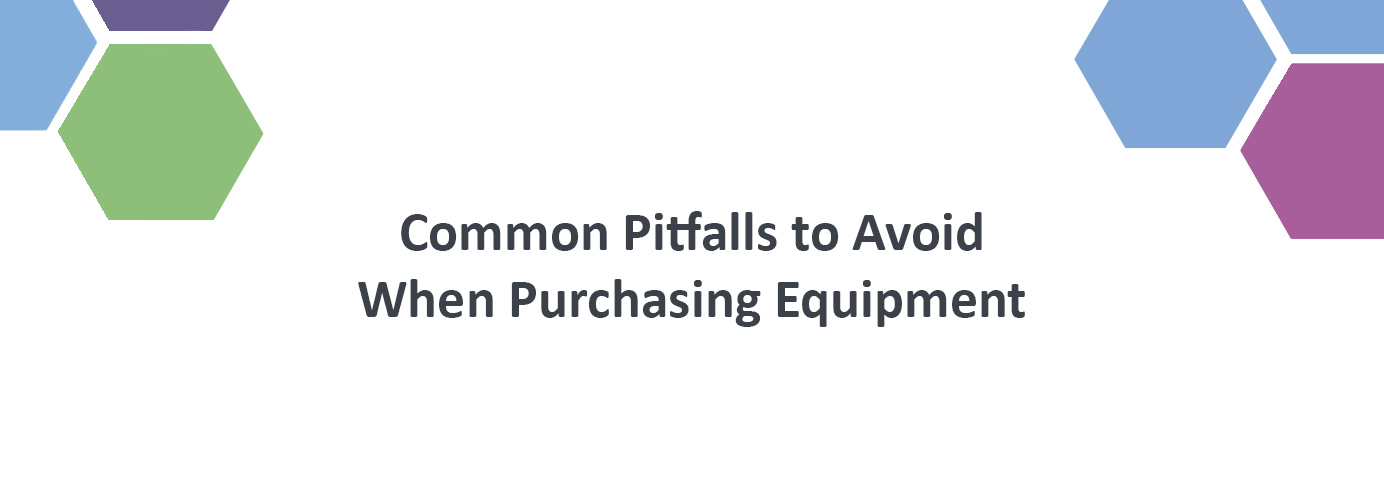A majority of today’s analytics efforts are simple descriptive analytics, i.e., creating reports and dashboards. By automating this portion of data gathering and analytics, you can build skill sets and infrastructure needed for more sophisticated, high value analytics and insights. Providing customers with the prescriptive insights needed to enhance operational efficiency and internal service efficiency is a win-win for everyone.
So how did we at Bell and Howell get there? Here are four key insights that contributed to our success.
1. Understand Your Goals
Perhaps the most critical step is to set your goals and know the path to achieving them. We decided early on that the best way to achieve creating a proactive service model was to digitally transform our service organization with IoT and analytics. We spent a significant amount of time researching and creating our short-term goals with a clear route towards achieving long-term success. While it is possible to achieve goals, even when there is no clear path, it typically comes with a high impact to time, resources, and potential program failure. Do your research and invest upfront in the time and team you need to map out the most efficient way forward.
2. Invest in a Plan and Digital Technology
Once you have determined your short-term and long-term goals, create a plan of action and align it with your overall company strategy. This plan should include:
- Acquire necessary digital platforms and partnerships
- Identify potential roadblocks and remedies
- Establishing success metrics and milestone markers
One significant investment that we made was to partner with key digital players to create an IoT platform we now call Remote360. This comprehensive platform enables us to remotely monitor, diagnose, and even repair connected equipment in real-time. It also enables us to:
- Automate work order creation with algorithms, data optimization, and AI-ML
- Escalate automatically to Level 2 remote fix and Level 3 tech dispatch
- Reduce overall service costs
3. Break Down Silos and Start Small
The next major step we took was to start small and then test, test, test. One way that we were able to ramp up our transformation quickly was to avoid having siloed pilot cycles. We started with a small project and ensured it was successful. We communicated the small successes across the company to get more buy-in and were able to broaden the application of the technology. We were able to scale quickly from there.
4. Inspire Leadership to Invest in a Digital Transformation
Getting commitment from your leadership is crucial to the long-term success of your digital transformation. For us, our CEO, Larry Blue, is a true champion of analytics and IoT. He sees our digital strategy as an integral part of Bell and Howell’s vision as a technology-driven, data-powered, services-first organization. His vision and understanding helped us justify putting more time and resources into creating the infrastructure and acquiring the skill sets needed to produce more sophisticated, high-value analytics and insights.
The journey to becoming a proactive, data-driven service organization can be a long and arduous one. The intrinsic and extrinsic benefits can help ensure the long-term success and scalability of your service organization. Taking the time to solidify a plan, invest in the technologies and infrastructure are crucial, but having your leadership behind you goes a long way. Our digital transformation is still very much a work in progress, but we have made tremendous strides. Today, we have nearly 2,500 connected machines and are adding more units every day.
To learn more about how we’ve transformed our service business through IoT and Analytics, check out this presentation. Our VP of Analytics & Data Science, Dr. Haroon Abbu, presented our case study at the 2020 Field Service Connect Virtual Summit titled, “Transforming Legacy Service Business Through IoT and Analytics.”



